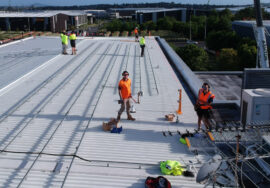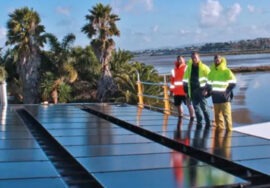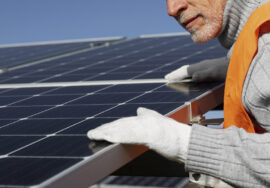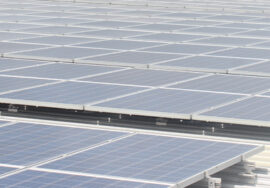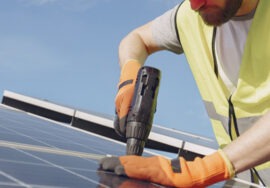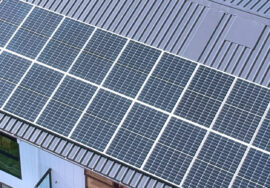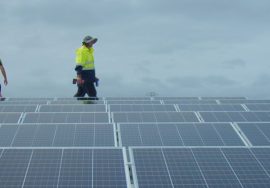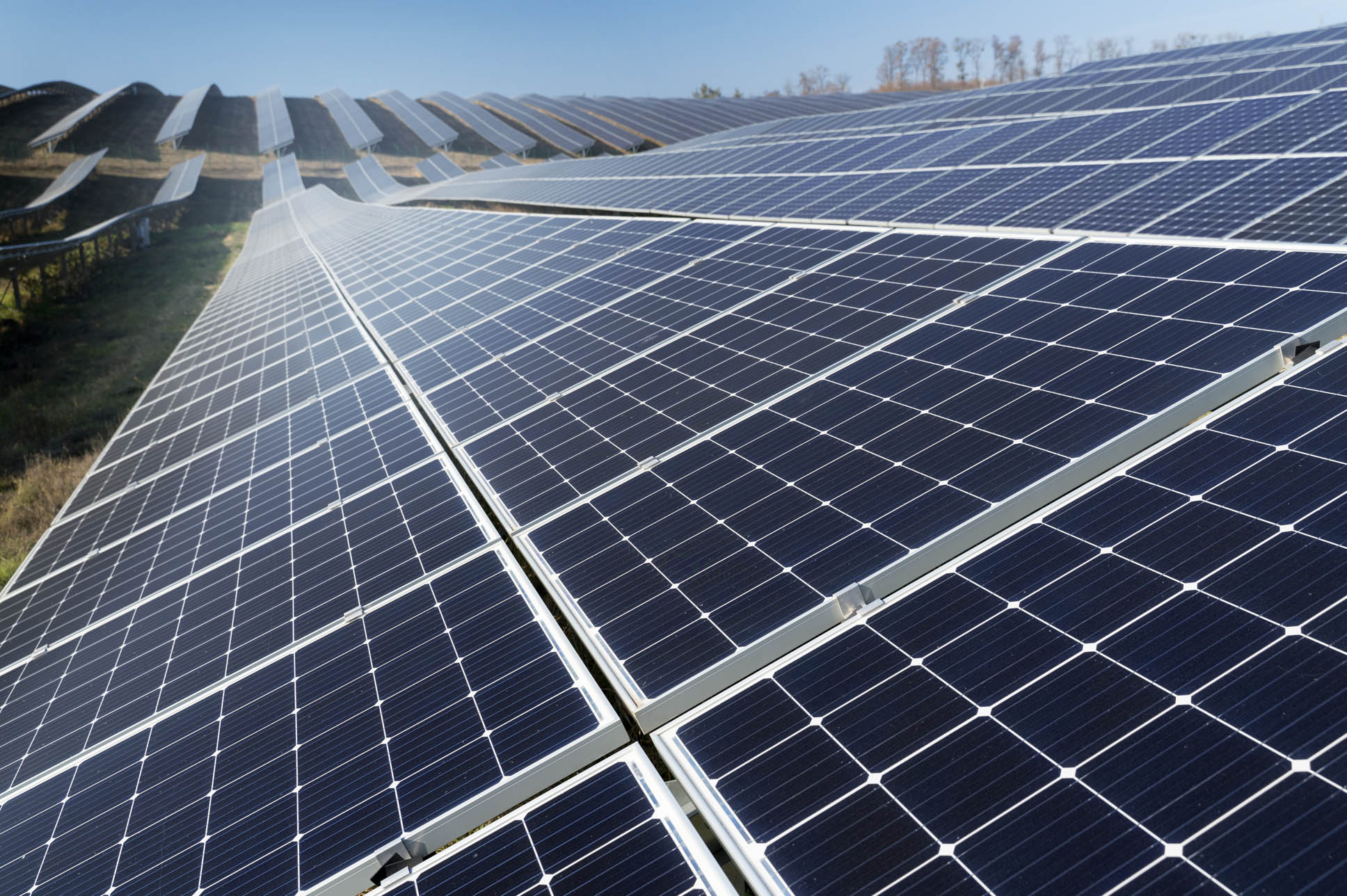
THE BEST SOLAR PANELS OF 2022
#solarworld #solarPPA #commercialsolar #solarpanels #Trilectsolar
Solar panels have the ability to capture the sun’s energy and convert it into electricity. By installing solar panels, you can generate your own renewable energy to power your home or business.
Although they all have the ability to generate solar energy, there are many factors that can affect a solar panel’s performance and durability. In this article, we will take a look at the best solar panels available on the market today.
WHAT IS A SOLAR PANEL?
A solar panel traditionally is a panel made out of photovoltaic cells, sandwiched between layers of a semi-conducting material such as silicon, embodied inside a metal frame, covered with a sheet of glass.
When the light shines and hits the PV panel a flow of electricity is created.
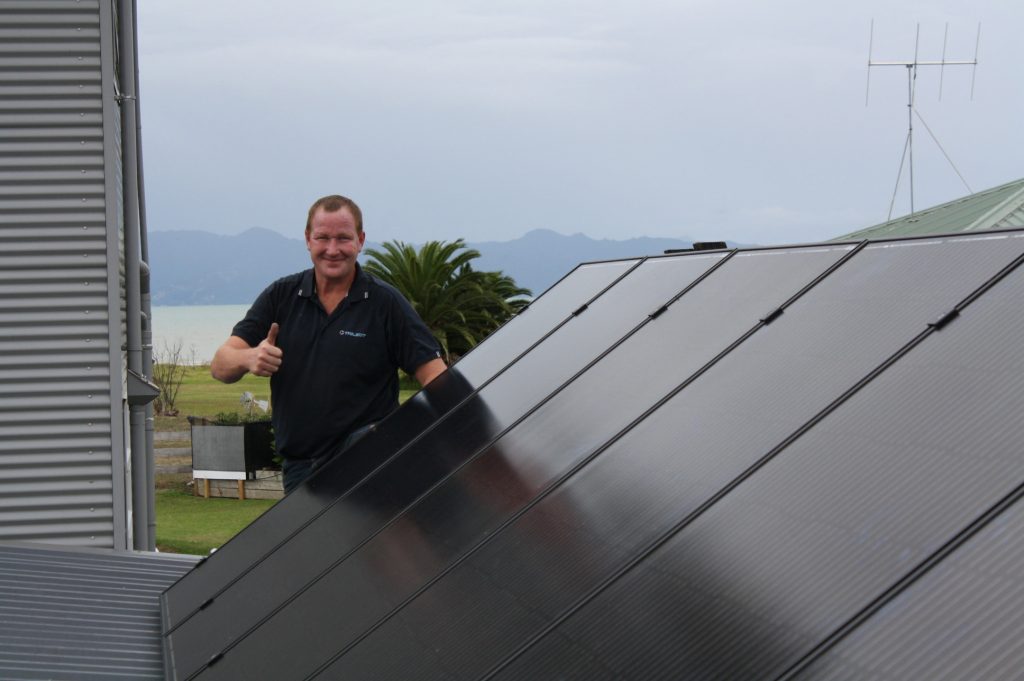
WHO MANUFACTURERS SOLAR PANELS?
There are hundreds of solar panel manufacturers in the world. With big names such as Panasonic, Hyundai and LG entering the solar PV game, the list of solar photovoltaic panels suppliers is growing rapidly.
Here at Trilect Solar, we install PV panels made by industry leaders Hyundai, JA Solar and Longi Solar. Brands you can be confident will be around for a long time.
With years of experience in the solar industry, our solar team can spot a high-quality solar panel from a mile off. What’s more, we only choose to install the best solar panels available on the market.
HOW DO I KNOW WHICH SOLAR PANEL IS THE BEST?
Choosing the right solar panel for your installation is like choosing the right car. There are numerous factors to consider.
Depending on which features you wish to prioritise, the best solar panel can differ from project to project. Lucky for you, the team here at Trilect Solar have put together a list of key features to compare before choosing which Solar PV panel to install.
1. SOLAR PANEL POWER OUTPUT
The output of a solar panel is measured in Watts. The wattage of a solar panel is determined by two factors: the size of the panel and the efficiency of the solar cells.
Currently, most solar panels in today’s industry produce between 250 and 400 Watts of power. With more technology advancements over the years, the average wattage of a solar panel has been on the rise. The higher the wattage of a solar panel, the more electricity it can produce under the same conditions. This means more green energy for your home.
USEFUL SOLAR PANEL CALCULATIONS
To calculate how much electricity a solar panel will generate in a day, you simply need to multiple the wattage of the solar panel by the number of sunlight hours.
It is important to remember that the Wattage of a panel is given from “Standard Test Conditions.” So factors such as shading are not taken into account when using these calculations.
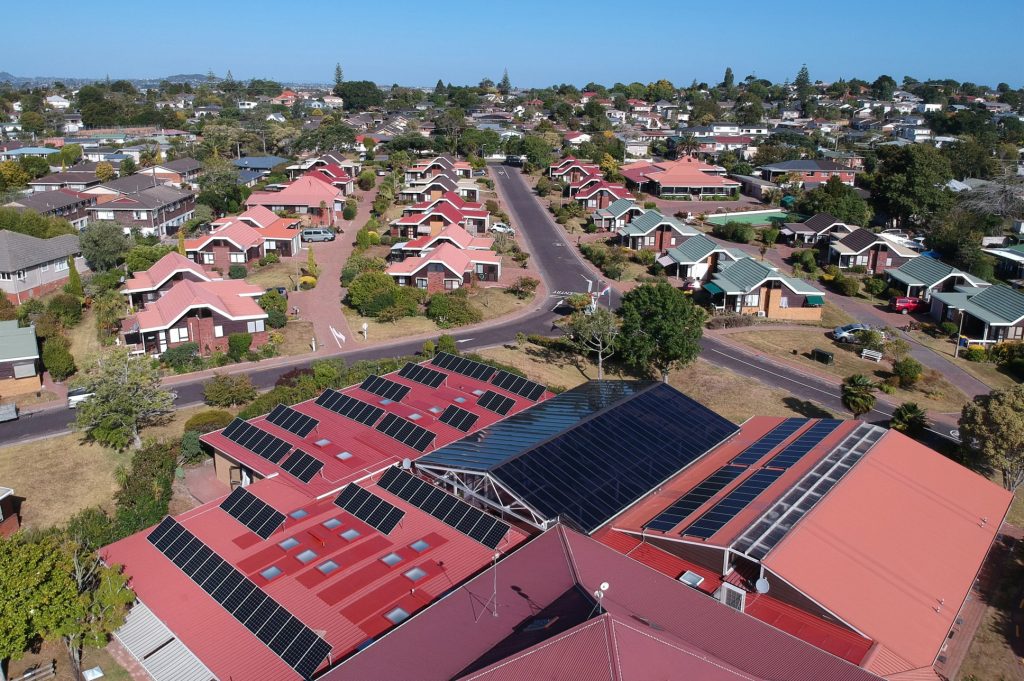
2. CELL TYPE
Solar panels consist of numerous photovoltaic (PV) cells. The type of solar cells a solar panel uses affects the panel’s features, as well as controlling the price, appearance and efficiency. There are three main types of solar panels: polycrystalline, monocrystalline and thin-film. However new cell technology is being introduced yearly.
Understanding the difference in cell technology is the first step in choosing your perfect solar panel.
MONOCRYSTALLINE
Monocrystalline or ‘Mono’ solar cells are manufactured by cutting single sheets from a silicon bar. These single solar cells allow for greater movement of electrons resulting in higher panel efficiency. Monocrystalline panels as a result tend to be more expensive, and are recognisable by their all-black finish.
POLYCRYSTALLINE
Just like monocrystalline solar panels, polycrystalline cells are made from silicon. However, Polycrystalline or ‘Poly’ solar panels are made from wafer sheets of silicon, which have been melted down from fragments. Often considered the mid-range panel, Polycrystalline PV panels although less efficient, are more affordable. Polycrystalline solar panels tend to be your traditional blue modules.
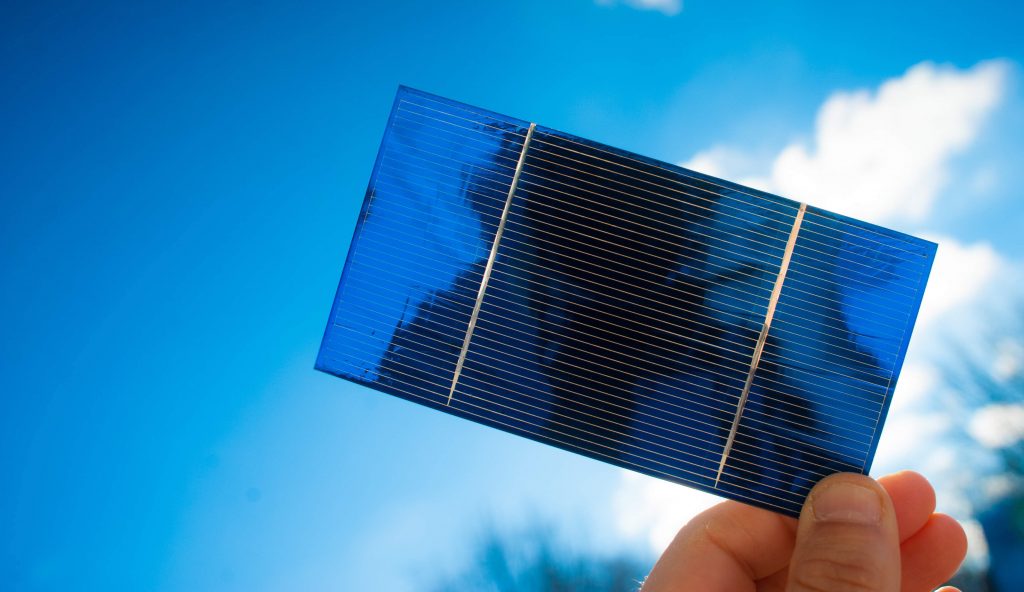
PERC
PERC or ‘Passive Emitter and Rear Cell/Contact’ solar panels, have an integrated passivation layer. This layer helps to increase panel efficiency, meaning your panels can generate more electricity in the same size area. This is particularly useful when you only have a small roof area suitable for solar.
HALF-CELL TECHNOLOGY
Half Cell PV modules can be recognised by the busbar running across the centre of the panel. By effectively separating the solar panel, the number of cells is doubled and made smaller. Smaller cells reduce mechanical strain, meaning microcracks occur less frequently.
The half cell technology also reduces negative effects from shading and ‘hot spotting’. Improving the panel’s overall output, efficiency, and chances of ‘hot spots.
BIFACIAL SOLAR PANELS
Bifacial panels are designed to absorb light from both the front and back of the panel. By having solar cells mounted onto the rear of the solar panel, any light that is reflected by surrounding surfaces can too be absorbed.
This allows the solar panel to absorb as much light as possible. Bifacial solar panels are best installed on a flat roof, surrounded by light-coloured roofing.
SHINGLED TECHNOLOGY
Shingle solar cells are solar cells that are cut into typically 5 or 6 strips. The strips of solar cells are joined together using an electrically conductive adhesive (ECA) that allows for conductivity and flexibility.
Shingled Solar Panels provide an ultra-high efficiency with better performance in low irradiation.
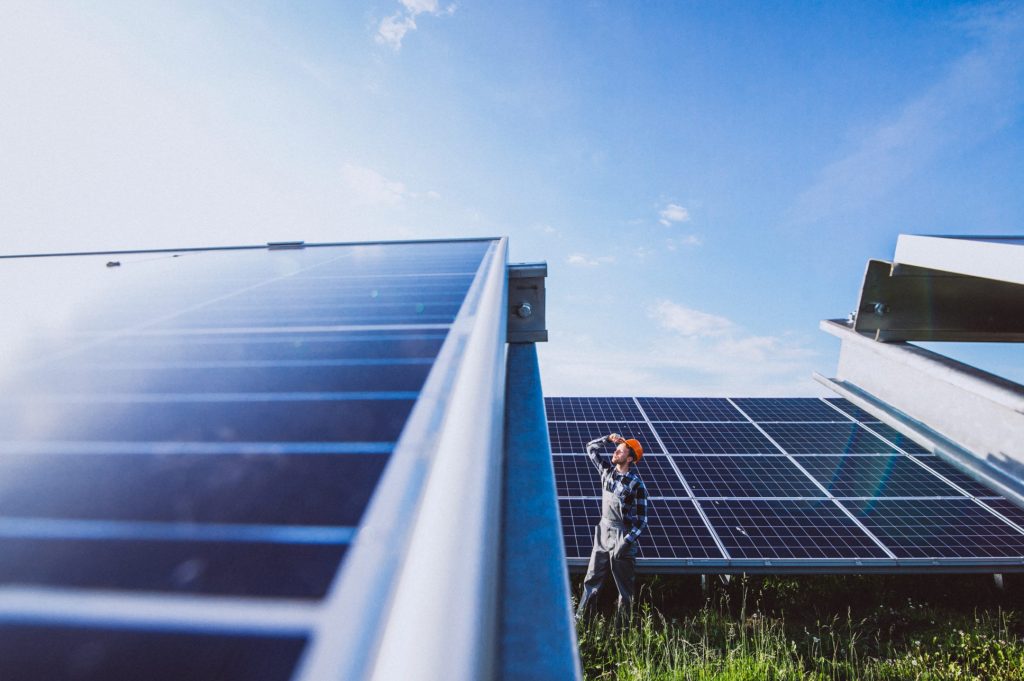
3. CELL COUNT
Traditionally, solar panels used to have 72 or 60 solar cells. The 60 cell panels were 1.65m tall and weighed around 20kg, while the 72 cell panels were much taller at 1.95m and weighed 28kg. This made the 72 cell panel harder to install, but more powerful.
Nowadays, thanks to Half Cell Technology, solar panels usually have 120 or 144 half cells. By cutting the solar cells in half they discovered they could increase efficiency as well as longevity and heat dissipation. This is why most solar panels utilise half cell technology now.
4. SIZE AND WEIGHT
If your roof space is fairly limited or fragile, then the size and weight of the solar panel you choose will be a high priority. The average size of a solar panel is approximately 2 m squared, but some manufacturers have managed to make some compact models. It is important that your solar panel installation can accommodate your energy usage.
So if more energy is required to power your home, you will either need more panels or higher wattage or efficient panels.
5. SIZE AND COMPATIBILITY
As not all solar panels are the same size, not all solar panels are compatible with every type of PV mounting system there is.
When it comes down to installing solar panels on a flat-roof or integrated you have to be particularly careful which solar panel to choose.
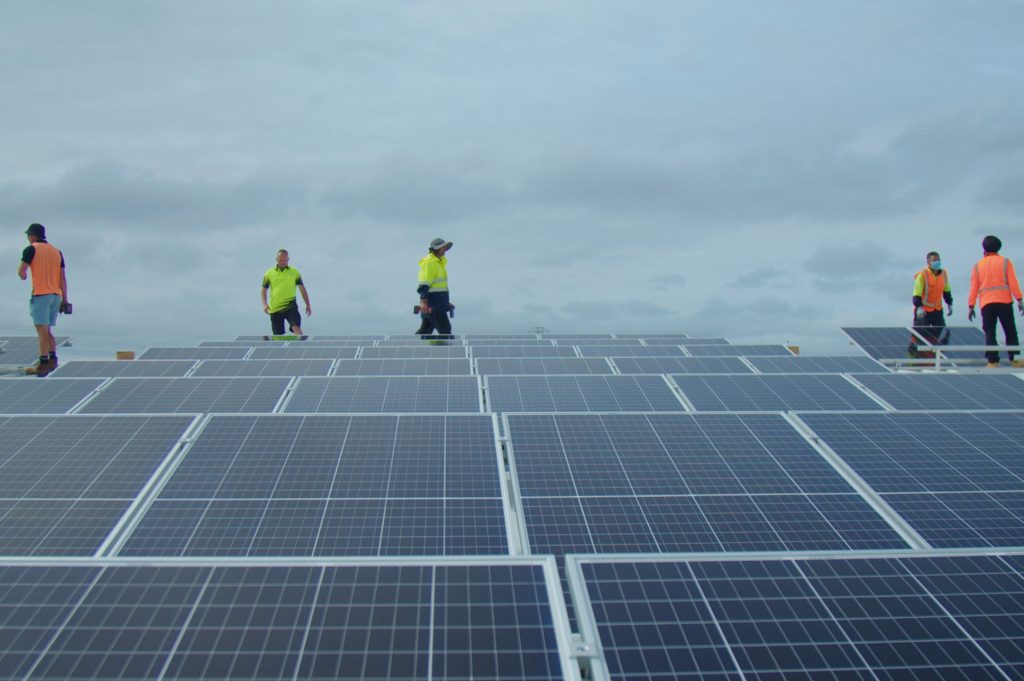
6. APPEARANCE AND FINISH
Another thing to consider is how the Solar Panel will look on your roof. When it comes down to the finish of a solar panel, everyone has a different taste. The colour, finish off the back-sheet, frame, and busbars will all vary from panel to panel.
A black solar panel with a black frame, although more expensive, may give you the smarter appearance your home is looking for. You may even want to go one step further and opt for integrated solar panels. If aesthetics is the main concern, to find the best solar panel you should ask your solar panel installer to provide images beforehand of example installations. At Trilect Solar we are more than happy to accommodate.
7. SOLAR PANEL EFFICIENCY
Solar panel efficiency is the per cent of sunlight a solar panel is able to convert into usable electricity.
Essentially means the more efficient a solar panel is the more of the sun’s energy that will be converted into solar energy! Unfortunately, solar panel efficiency is nowhere near 100% as of yet. The majority of solar panels in the market have a panel efficiency of between 15 to 20%. The highest efficiency you’ll find on the market at the moment is around 25%, and the majority of ‘high-efficiency’ solar panels fall somewhere between 18% and 23%.
To be expected, the higher the efficiency of a solar panel the more expensive the panel. It is also worth noting that a solar panel is only as efficient as the components working with them. This is why it is also important that an efficient solar inverter is also used. If you have a smaller roof area, then having a more efficient solar panel is likely to be more of a priority
8.WARRANTY
If you are investing in solar panels, you want them to last. Solar panel warranties can range from 10 to an impressive 25 years.
It is worth noting that solar panels usually come with two kinds of warranties: Performance Warranty and Product Warranty.
PRODUCT WARRANTY
Product Warranty refers to the seller’s guarantee that if the product proves to be defective within a specific time period, it will be repaired or replaced. The product Warranty of a solar panel tends to be shorter than the performance warranty, at around 15 years.
PERFORMANCE WARRANTY
A solar panel’s ‘performance warranty’ or ‘linear output warranty’, is a guarantee that the PV panel will operate at a certain percentage of its original output after a certain number of years. This is typically somewhere between 80-90% after 25-30 years.
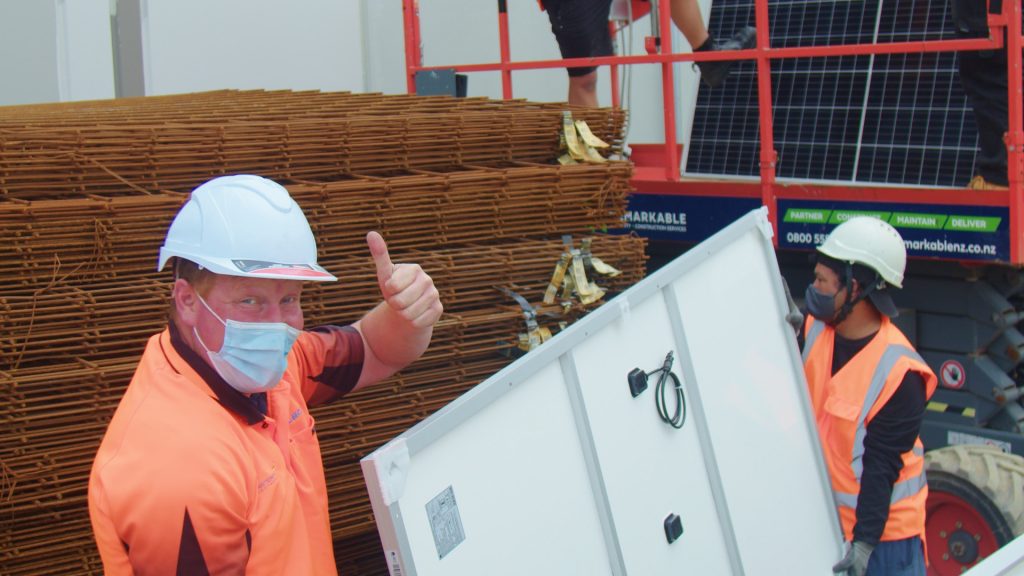
SOLAR PANEL COMPARISON
Below our solar team have put together a comparison table for some of the solar PV panels available on the market. If you would like to find out more information regarding solar panels contact our team on 0800 850 888.
| Solar Panel Manufacturer | Panel Efficiency | Cell Type | Warranty |
|---|---|---|---|
| 20.4% | PERC Mono-Crystalline Silicon Shingled | 25 Years Product and Performance | |
| 19.9% | The Half-cell technology | 12 Years Product Warranty 25 Years Linear Power Output Performance Warranty |
|
| 20.5% | Mono-crystalline | 15 Years Product Warranty 25 Years Linear Power Output Performance Warranty |
|
| 19.3% | Mono-crystalline/N-type | 25 Years Product Warranty | |
| 20.8% | Mono-crystalline | 15 Years Product Warranty 25 years Output Warranty. |
|
| 20.6% | Mono-crystalline Q.ANTUM solar half cells | 25 Years Product and 25 Years Linear Performance warranty. |
|
| 20.3% | Mono-crystalline | 12 Years Product Warranty. 25 Years Output Warranty |
|
| 19.7% | PERC Mono-crystalline | 15 Years Product Warranty. 25 Years Output Warranty |
|
| 19.7% | Mono-crystalline | 25 Years Product and Performance Guarantee |
Keywords: solar PPA, commercial solar, solar panels, Trilect Solar
ABOUT TRILECT SOLAR
Trilect Solar is a division of Trilect Services, New Zealand’s master electrician since 1997.
We are members of the Sustainable Energy Association of New Zealand (SEANZ) which offers additional peace of mind to our customers.
Trilect Electrical Services is a large electrical service company which is a member of the Master Electricians & Mastercraft network with 40 employees and a 20+ years history of customer satisfaction.
We do not use sub-contractors. All of the installations will be carried out by our experienced team.
Trilect Solar offers a customised energy plan that works for your home/ business.
Get started now by booking a free on-site consultation.
Request Your On-site Consultation
Or call us on 0800 850 888

